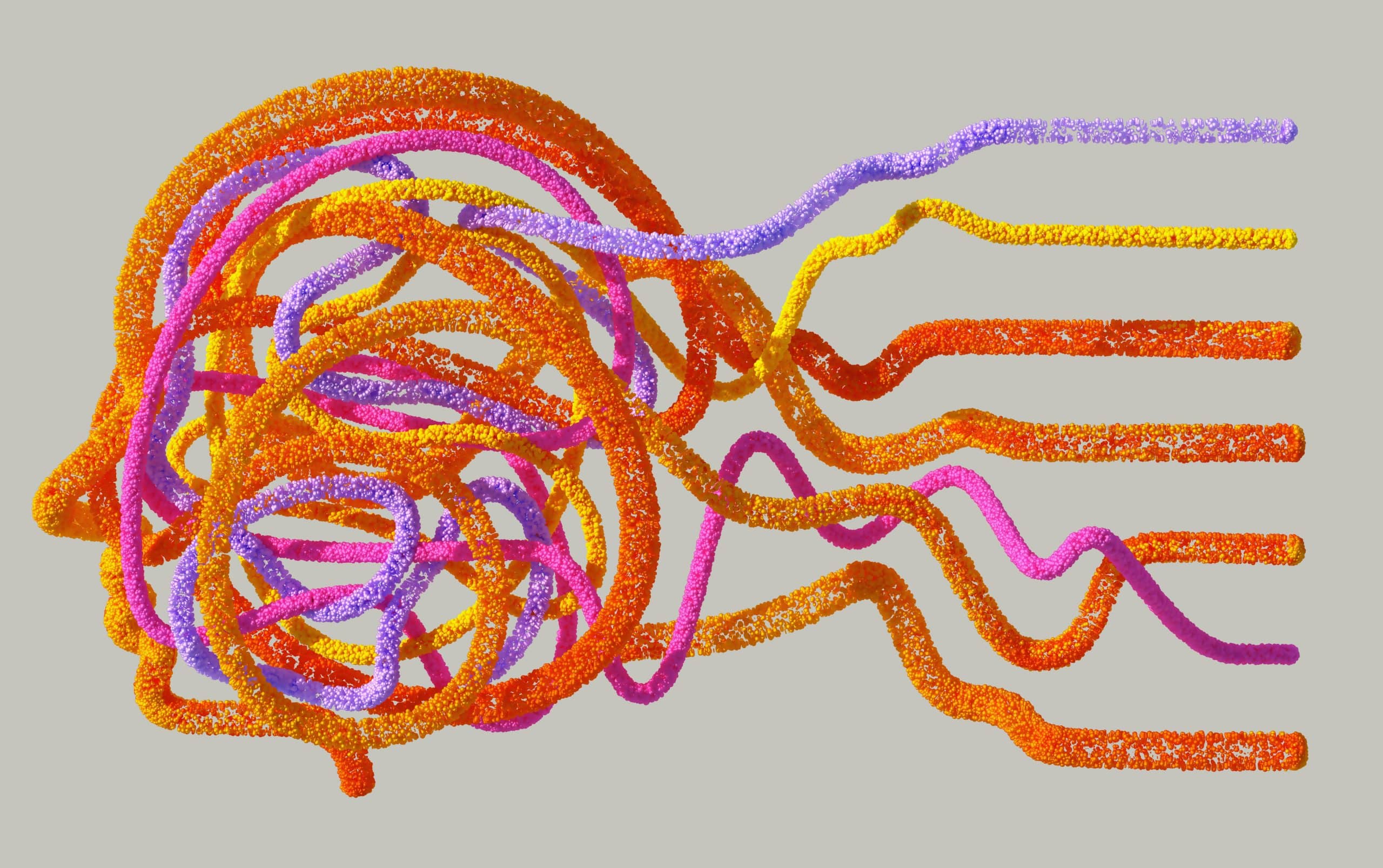A study exploring the health effects of ultra-processed foods came out on April 28, 2025. Ultra-processed foods are also known as UPFs. Eight countries were included in the study. A 10% increase in energy obtained from UPFs correlated with a 2.7% rise in mortality. In addition, a review of the effects of UPFs was done in 2024. Almost 9.8 million people were included in the review. The review found links between UPFs and physical and mental health concerns. For instance, ultra-processed food consumption was found to be connected to depression and cardiovascular disease.
About Ultra-Processed Food

Ultra-processed food is also known as UPF. According to The Guardian, ultra-processed food “contains industrial substances.” These substances are not commonly found in home kitchens. Along with industrial substances, ultra-processed food contains flavor-enhancing additives. While ultra-processed foods (or UPFs) can be tasty, they can also be harmful to health.
Many ubiquitous items, such as snacks in packages and carbonated beverages, may be ultra-processed. According to Healthline, convenience can be a reason for gravitating toward UPFs. Kanwar Kelley, co-founder of Side Health, cites convenience as “a large predictor of food choices.” Kelley states that the United States offers many convenient ultra-processed foods. Therefore, people in the United States choose to consume UPFs due to their availability.
Kelley also states that food labeling for UPFs can be ambiguous and possibly misleading. Kelley states that a food may be ultra-processed even if its label emphasizes “positive aspects.” For instance, a food may be a UPF. However, the food’s label may highlight the prevalence of an included vitamin.
New Ultra-Processed Foods Study
The American Journal of Preventive Medicine published an ultra-processed foods study on April 28, 2025. Information about diet and mortality for eight countries is included. Australia, Canada, Brazil, Mexico, Chile, Colombia, the United States, and the United Kingdom are featured. The years included and the average impact of ultra-processed foods vary from country to country. Overall, the date range of information from the study is 2010 to 2018.
The study showed an increase in UPF consumption that correlated with an increased mortality risk. Every 10% increase in UPF energy contribution led to a 2.7% overall rise in mortality. Healthline states that this finding pinpoints over “124,000 preventable deaths” annually in the United States. Eduardo Augusto Fernandes Nilson is the study’s lead investigator. Nilson explains that various factors within UPFs affect health. Factors he mentions include “the changes in the foods during industrial processing.” In addition, he states that artificial ingredients in UPFs can have health impacts.
UPF Health Effects
A UPF review done in 2024 included almost 9.8 million people. The review found thirty-two UPF-related deleterious impacts on mental and physical health. These negative health effects include depression, diabetes, and cardiovascular disease. Obesity and some cancer types can also be effects of ultra-processed food consumption.
According to Dana Hunnes, a dietitian at UCLA, ultra-processed foods have low nutrient content. Hunnes states that UPFs have “all their naturally occurring health properties” taken out. UPFs are also high in fat, sugar, salt, and caloric content. Hunnes warns against “adding calories to the diet without concurrent vitamins, minerals, fiber, and water.” She states that this can be a precursor to health problems.
NOVA Food Classification System
Carlos Monteiro came up with a definition for ultra-processed foods. He defines foods as ultra-processed if they have undergone “a high degree of transformation.” In addition, Monteiro devised the NOVA Food Classification System. This system arranges foods into tiers according to how much processing the foods undergo.
Completely unprocessed or only minimally processed foods are in Group 1. Unprocessed foods are foods that have not been changed at all. Minimally processed foods are changed only a little. For instance, they may be washed or frozen. Foods in this first group include fruits and vegetables. Ultraprocessed foods are in Group 4 of this classification system. These foods contain ingredients such as food additives or food derivatives. Cake mixes and frozen desserts may feature in this category.










